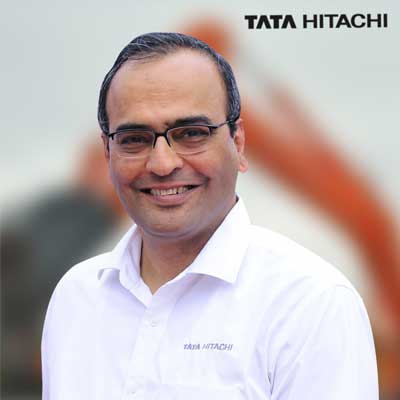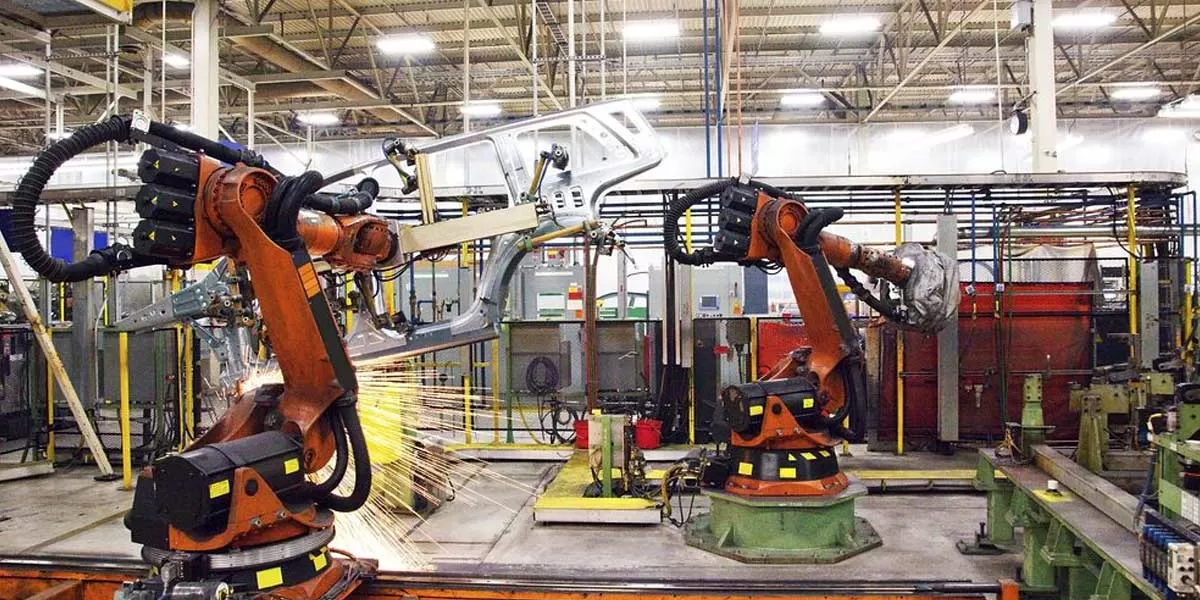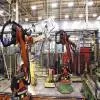Hemant Mathur, AVP –
Sales and Marketing, Tata Hitachi, speaks on the overall performance of the
mining sector in India, and the segments that are driving the demand for their
products.
How do you look at the overall
performance of the mining sector in India?
The mining
sector, which includes fuel minerals as well as non-fuel minerals, has continued
to perform well during the pandemic. Coal contributes to over 50% of the
overall mineral production in India and has grown steadily at 7 to 8% on a YoY
basis, as the growth was driven by requirements in the power sector. Reduction
in the import of coal also fuelled growth in the coal sector. Metal minerals,
like iron ore, also registered growth, along with non-metallic minerals like limestone.
However, minor minerals, especially granite, faced some challenges as exports for
these minerals faced several issues, which are now gradually getting resolved.
What is the current market size of
your products? Which segments are driving the demand for these products?
Tata
Hitachi offers a range of equipment for open cast mines, mainly excavators,
dumpers, and wheel loaders. Here, for machines made in India, the bucket size for
an entry-level excavator in the mining sector is seen at 3.1 CuM, and this goes
up to the largest excavator with a 6.5 Cum bucket. We also manufacture 35-tonne
dumpers and wheel loaders of capacities up to 3 tonnes. All of these are being
manufactured in our plants in India. Being a subsidiary and JV company of
Hitachi Construction Machinery (HCM) Japan, we also have access to sell
products manufactured by HCM, which includes excavators of up to 45 CuM bucket
capacity, wheel loaders, and dumpers of higher sizes.
Together with
India-made and imported machines for mining, our portfolio ranges from excavators
of 45T capacity to 800T capacity. For instance, our excavators ranging from 200-tonne
class excavators with 11-12CuM bucket to 800-tonne class with 45 CuM buckets –
are all machines that will have to be imported to meet the demand of Indian
customers. These are also offered with an option of electric drive, which leads
to significant fuel savings for customers, apart from being environment
friendly. There is a robust demand of around 200-250 units of high-capacity excavators,
dumpers, and wheel loaders for minerals like coal, iron ore, limestone, bauxite,
and manganese, to name a few.
We also
sell mini excavators of below 7-Tonne class, small excavators with capacities
of 7-Tonne, 10-Tonne, 14-Tonne, 20-Tonne, 38-Tonne, and 40-Tonne for minor
minerals and non-metallic minerals as well.
In light of the plans of
infrastructure creation and reforms in mining, what opportunities do you
foresee for construction equipment?
The new reforms,
which are being rolled out by the current government, will accelerate the
growth of mineral production in India in an efficient and eco-friendly manner. Moreover,
these steps will also help related businesses also to grow commensurately.
We believe
that MDOs and longer duration contracts/privatisation will also call for new
technology in mining where machines are larger sizes can be used in a more cost-efficient
manner, and in ways that will be ergonomically and environmentally more
productive and efficient. We can introduce automation to a higher degree, and
can supply machines equipped with features like on-line health monitoring
systems, as well as equipment and vehicle tracking systems. This also offers an
opportunity to expand the Indian market for electrical excavators and electric
drive high-capacity dumpers.
What are the latest products and
solutions from the company for mining applications?
We offer an
assortment of hydraulic excavators across capacities to cater to a range of
mining applications. Our EX-Series consist of the latest excavators from HCM,
which come equipped with fuel consumption optimisation (FCO) technology, which offers
better fuel efficiencies. In addition, our AC drive dumpers offer the latest cutting-edge
technology with the promise of high productivity and improved fuel economy.
What are the various challenges faced
in the sector you are in?
The
primary challenge is on the evaluation front, which is purely based L1 considerations,
which restricts the entry into the country of advanced technology and high
productivity equipment, which ultimately go a long way in lowering costs over
the machine’s lifecycle for end users. In addition, the sector is still under financial
stress, which is leading to delays in payment realisation, which is in turn restricting
users to go for higher investments.
What is the level of indigenization,
and what is the dependence on China?
Tata
Hitachi is a subsidiary and a JV company of HCM Japan. Our sourcing is therefore
based strictly on vendors supplying reliable and durable components. We
manufacture excavators from 2-tonne to 120-tonne class, dumper of 35-tonne, as
well as wheel loaders and backhoe loaders with minimal dependence on China for
spares and components.
Share insights on the technological
upgradation that has happened recently or might happen in near future in the construction
and engineering business.
We have
been at the forefront of introducing telematics and electronics, which help immensely
in improving the operational efficiency of the equipment. The introduction of
electric excavators and trolley assist dump trucks have also helped to improve
operating costs. In addition, HCM has also announced the introduction of battery-operated
trucks in mining operations, which would result in better fuel efficiencies as
well as zero emissions.
What can be the possible challenges in
the post-Covid scenario?
The
production of minerals, which have been highly dependent on exports, has been affected
by the pandemic. These have been hit badly due to logistics and supply chain, adding
to the challenge. There has also been a lag in financial support in the
post-Covid world. Mining sectors are stressed financially leading to imbalances
among stakeholders in the mining industry.
How do you look at the opportunities
for the mining equipment market after the mining policy revival?
The mining
policy revival offers plenty of promise for many new players to enter the
mining segment. The policy will also help in the introduction of newer,
advanced, and cutting-edge technology in mining equipment. We also feel that
upsizing will be encouraged leading to higher demand and the utilisation of
high-capacity equipment will increase substantially.


















